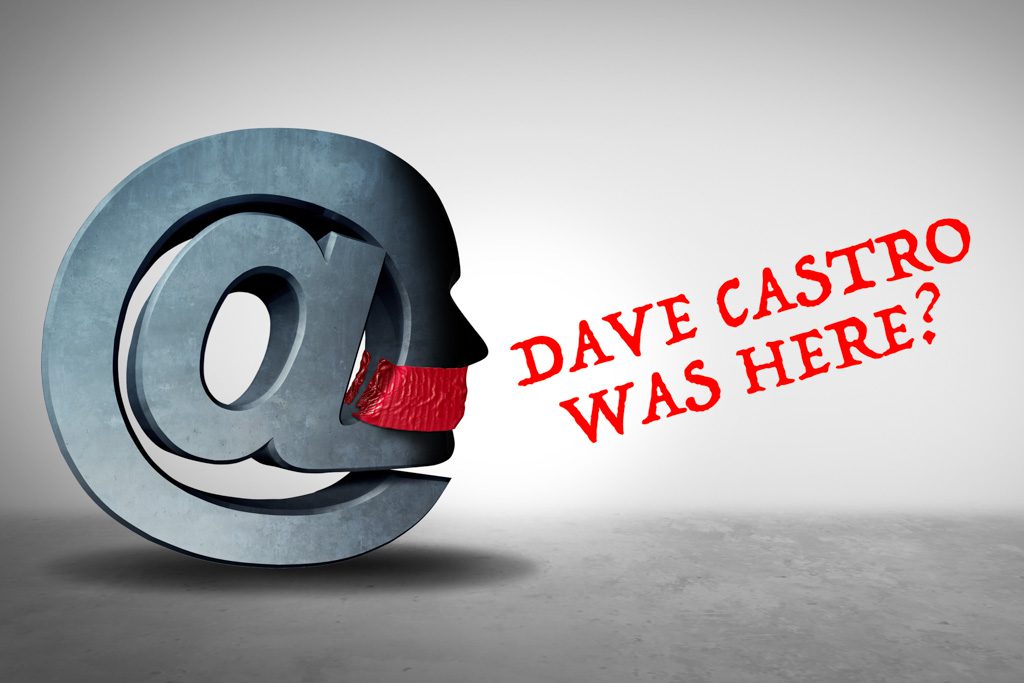John Wooley versus Dave Castro and Sevan Matossian?
Get your protein bars ready.
If you don’t know:
- Castro and Matossian apparently separately blocked Wooley on social media.
- Wooley is the person behind the satirical Instagram account @makewodsgreatagain.
- Details of the Castro block: Instagram.
- Details of the Matossian block: BOXROX.
TLDR summary: Perennial Games athlete Noah Ohlsen donated a portion of recent prize winnings at the West Coast Classic to Project Onyx and The Trevor Project. Matossian suggested affiliates were the most deserving recipients. Wooley was critical. And so on.

I know better than to get into this battle royal. But it presents an opportunity to dig into a long-standing debate about profit and increased access to fitness.
John Wooley on Two-Brain Radio With Sean Woodland
Two Paths to Accessibility
The Trevor Project is “the leading national organization providing crisis intervention and suicide prevention services to lesbian, gay, bisexual, transgender, queer and questioning (LGBTQ) young people under 25.”
Project Onyx’s goal is to “eliminate the barriers that underrepresented and underserved people of color face by providing affordable and accessible health and fitness services, mentorship for our youth and future professionals, and empowering our communities to become more culturally proficient, healthy, and active.”
Both organizations obviously have worthy intentions.
As do affiliate owners worldwide.
Nevertheless, you don’t have to look far to find those who suggest fitness should be cheaper and far more accessible. I’ve definitely heard some say gym owners are “greedy” when they charge premium rates for premium services.
More accessibility would be a good thing—I agree. I wish it were possible to make great fitness programs accessible to every single person in the world. And I wish everyone on Earth would work out daily. Doing so would improve health and happiness on an unprecedented scale. And perhaps governments will one day make that happen—though I won’t hold my breath longer than it takes to pull a single deadlift.
The reality is that private businesses can’t set a primary goal to make fitness accessible. We’ve seen some people try to make fitness free or very cheap, and, sadly, they usually disappear from the fitness industry. As the world currently turns, private businesses need to charge rates that reflect value or they’ll die. It’s just economics.
Soft Hearts and Hard Numbers
Here’s very simple math that might be used in an attempt to create a socially responsible gym that prioritizes free access and memberships well below market value:
- Total members: 300
- Non-paying members on full “scholarships”: 150
- Paying members: 150
- Average revenue per paying member per month: $60 (well below market value)
- Total gross revenue per month: $9,000
- 4/9ths devoted to staffing: $4,000
- 2/9ths devoted to fixed costs: $2,000
- 3/9ths devoted to owner/profit: $3,000 (or $36,000 annually)
This model is not sustainable, and the good intentions of the owner will be washed away by stress and debt in months. The plan just doesn’t work without a huge infusion of cash from some third party.
- Two-Brain data shows the average recurring expenses to run a gym with 125-175 members is $11,000. This does not include staff costs.
- Two-Brain data suggests staff costs to serve 125-175 members will be $5,000-$11,000.
- The staffing costs to serve 300 members would almost certainly be far more than $4,000.
- The fixed costs required to serve 300 members would almost certainly be far more than $2,000.
- The owner’s share isn’t enough to sustain a long-term career and a family.
You can play with the numbers as you like, but I think you’ll see my point in short order.
Good People Doing Good Work
The math doesn’t mean for-profit gym owners can’t help others get fit and do good work for society. It just means they have to do that work within the current economic framework, then take action in the community.
If they run sound businesses and charge appropriate rates to people who see the value and can afford them, gym owners can profit and then use their surplus to help others.
Two-Brain founder Chris Cooper has spoken about this before, and we regularly see how successful Two-Brain clients work to improve the world after they aren’t worried about paying their own grocery bills.
Maybe the plan to help others by acquiring a surplus will take a bit of time to bear fruit, but I’d bet on that approach before I bet on some universal fitness tax credit that changes the world and carves abs into all its citizens.
So, in the end, the social-media debate will rage on. I’ll leave it to you to decide who’s right and wrong.
For my part, I’m very happy to see people like Patrick Ford, Elijah Muhammad, Noah Ohlsen and others investing in socially responsible endeavors they believe in.
I’m also very happy to see others investing in for-profit enterprises like affiliates. That’s because I know the entrepreneurs who own the gyms are the kind of people who look at their profit and ask, “How can I help someone with this?”

